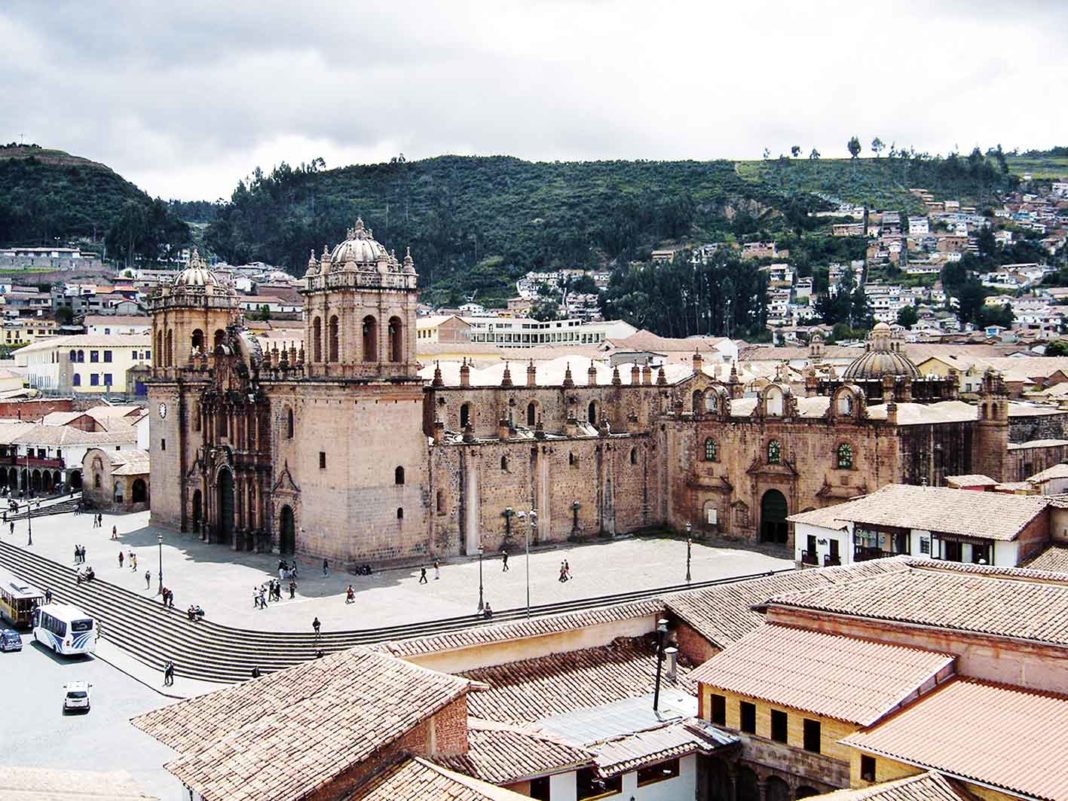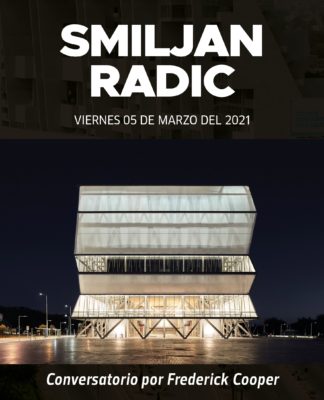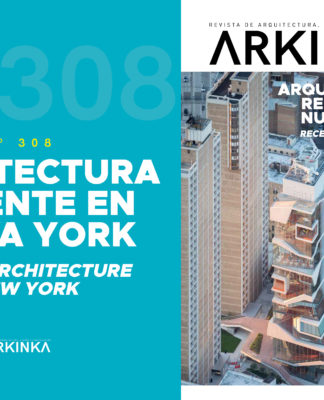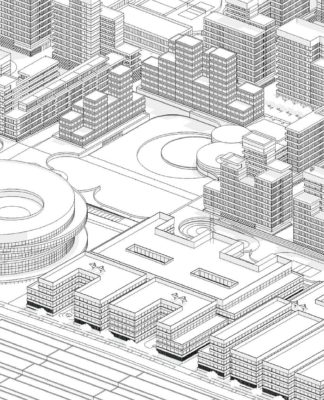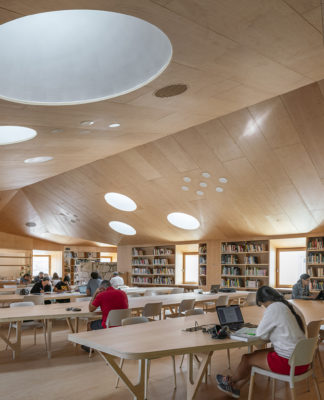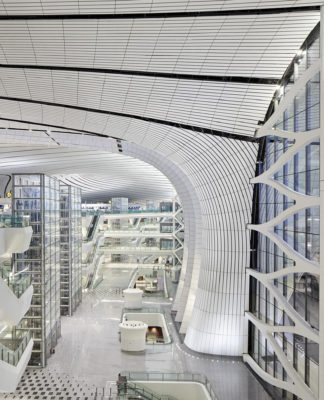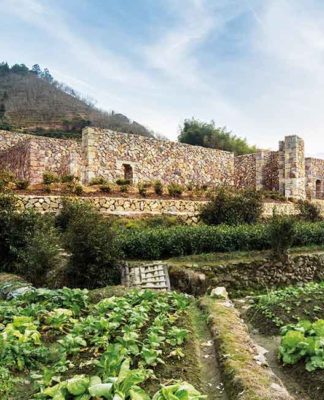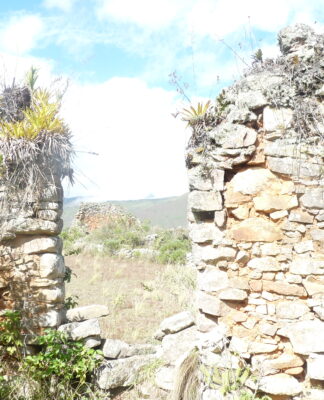Santuarios andinos en el proceso de la evangelización
Elementos de la arquitectura religiosa renacentista
Por Germán Zecenarro Benavente
(Parte II)
Además, en este preciso lugar había sucedido la descensión de la Virgen en 1536, lo cual connotaba de mucha sacralidad al sitio, hecho sustentado físicamente también por la presencia de una escultura lítica de la Virgen de la Descensión –como lo indica el cura José María Blanco en 1836 (Blanco 1974)-, elemento asociado a una piedra blanca que contenía sobre su superficie dos plantas o huellas de pies femeninos (Teófilo Benavente Velarde, comunicación personal), petroglifos que la fe popular atribuyó a los pies divinos de la Virgen María y que los estudios contemporáneos los identifican como grafías que denotaban a una divinidad prehispánica de connotación femenina, asociada con el espacio sagrado que hoy ocupa la Catedral, y que lamentablemente desapareció a inicios del Siglo XX por la continuidad religiosa pagana que suponía (Valencia 1991: 116; 2007: 136) (Zecenarro 2007: 192-193) (Figura 9). En la segunda mitad del Siglo XVII, al demolerse la primitiva Catedral, sobre el lugar donde acaeció la aparición milagrosa, como memoria se construyó una cúpula sobre pechinas cuyos cuatro pilares señalaban la ubicación del Sunturwasi, elemento que servía de dosel a un tabernáculo que contenía a la piedra blanca descrita.
Andean sanctuaries in the process of evangelization
Elements of renaissance religious architecture
By Germán Zecenarro Benavente
(Second part)
In addition, in this precise place the Virgin’s descent had happened in 1536, which connoted the site with much sacredness, fact physically supported also by the presence of a lithic sculpture of the Virgin of Descent – as indicated by the priest José María Blanco in 1836 (White 1974) -, element associated with a white stone that contained on its surface two female feet footprints (Teófilo Benavente Velarde, personal communication), petroglyphs that the popular faith attributed to the divine feet of the Virgin Mary and that contemporary studies identify them as graphics that denoted a pre-Hispanic divinity of feminine connotation, associated with the sacred space that today occupies the Cathedral, and that unfortunately disappeared at the beginning of the 20th century due to the pagan religious continuity that it supposed (Valencia 1991: 116; 2007: 136) (Zecenarro 2007: 192-193) (Image 9). In the second half of the seventeenth century, when the primitive Cathedral was demolished, on the place where the miraculous apparition occurred, a dome was built on whose four pillars pointed to the location of the Sunturwasi, element that served as a canopy to a tabernacle that contained the white stone previously described.

